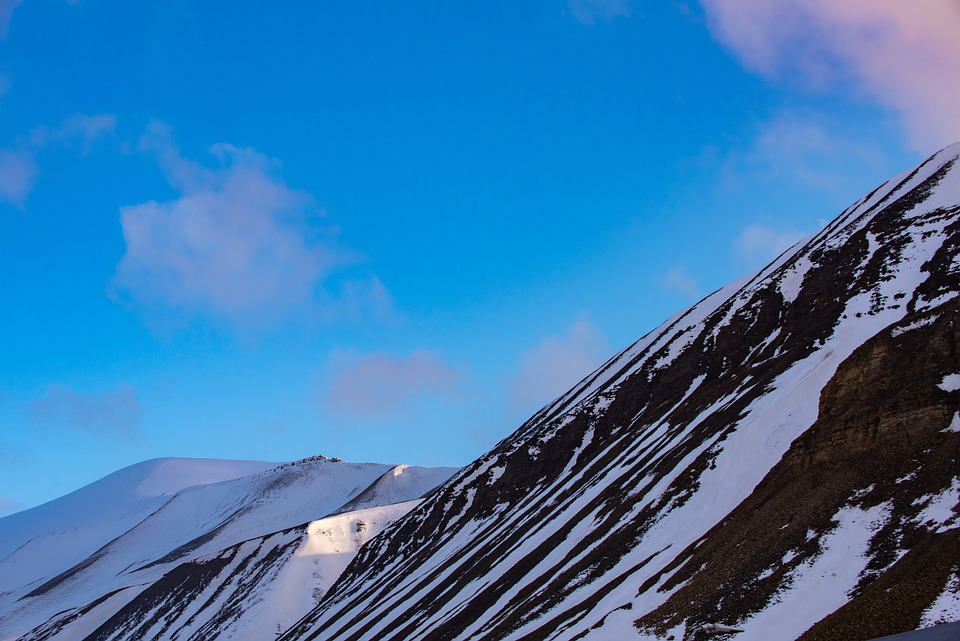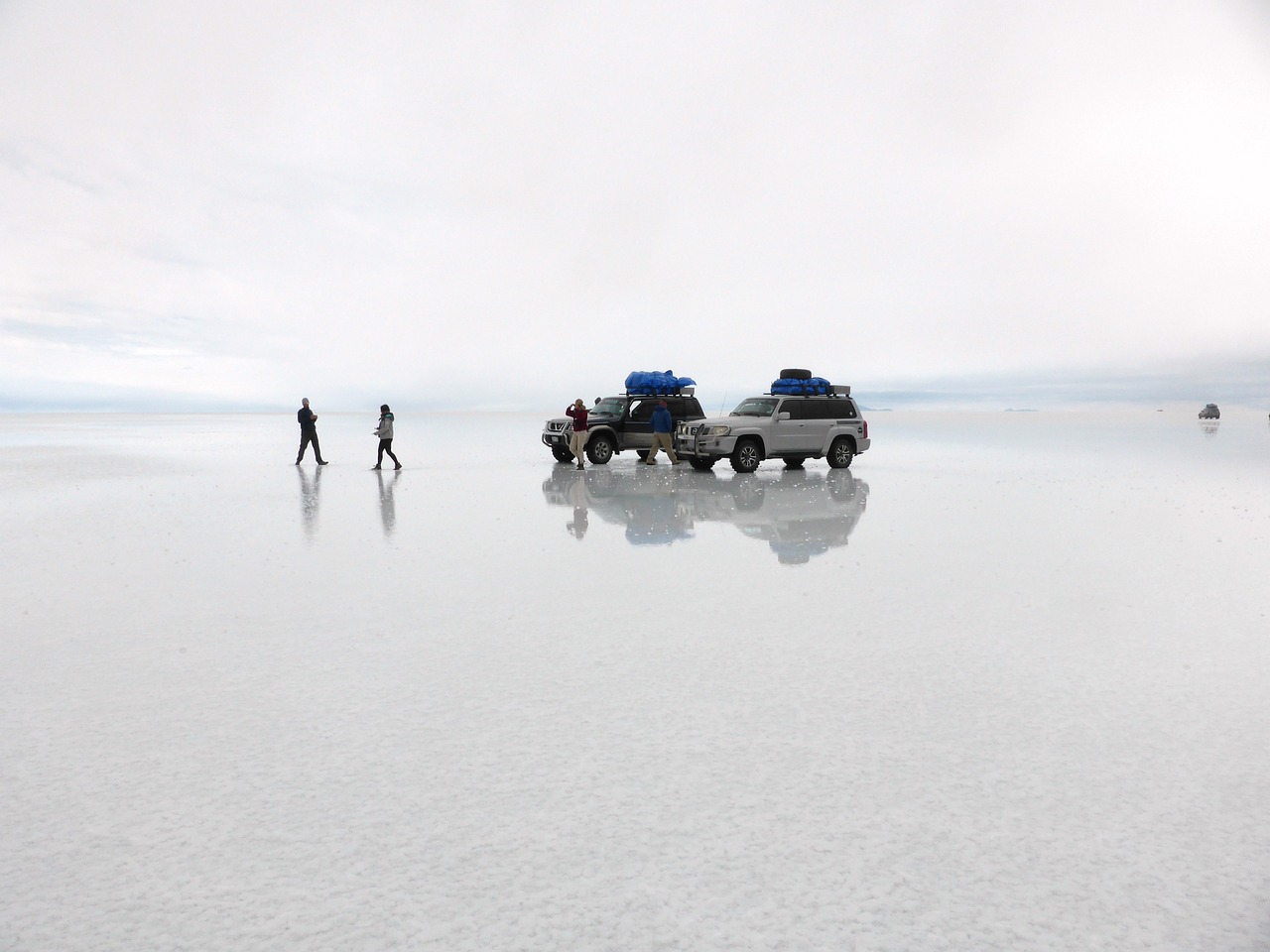Although 99 percent of Antarctica is covered with ice, the landscape still manages to be stunningly diverse—surreal blue glaciers, active volcanoes, the rough waterways of the Drake Passage, and 360-degree views of untouched snow. And those views are made even better when an emperor penguin or humpback whale makes an appearance.
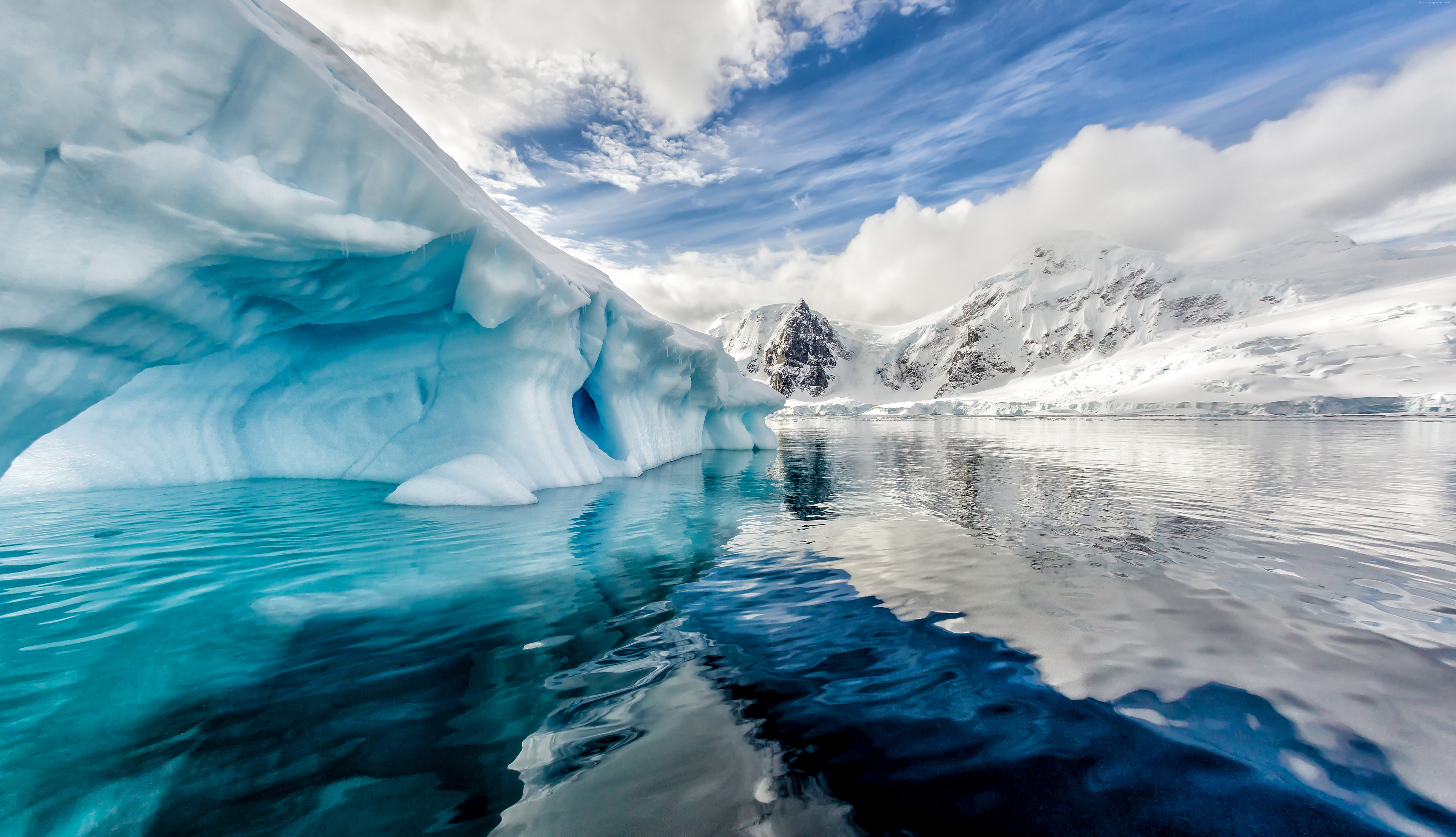

It’s hard to pick the single most beautiful place in Japan, but 12,388-foot Mount Fuji just might take the prize. Visit Lake Kawaguchiko in the spring for some of the best views of the mountain and cherry blossom trees—a postcard-worthy sight if we ever saw one. Or if you’re an avid hiker, plan a trip for mid-July until the end of August, when the snow melts enough to allow access to Fuji’s summit.
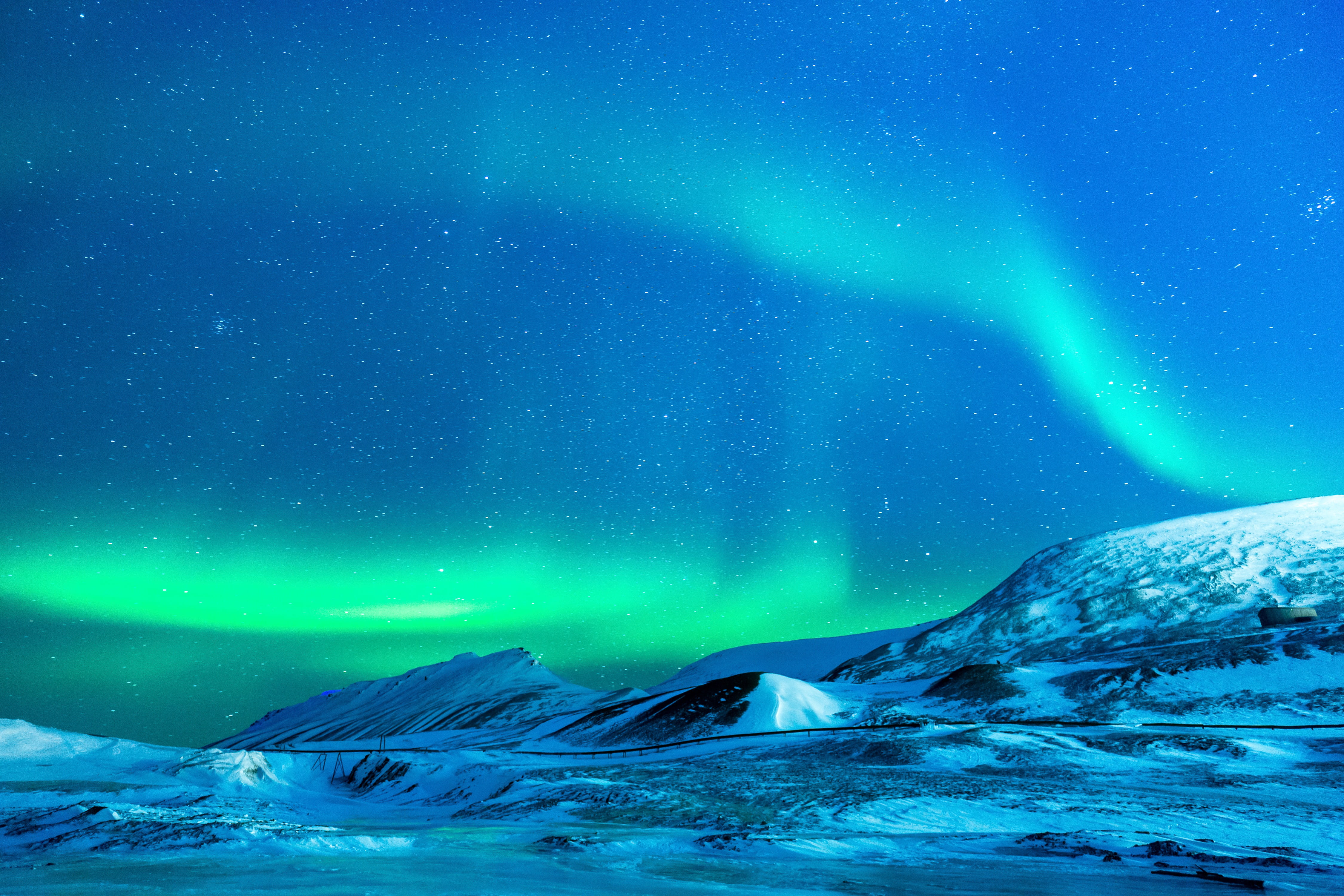
Svalbard, the northern archipelago off the coast of Norway, is known for spectacular Northern Lights viewing opportunities—the sky is pitch black all day and night from October through February, due to its position within the Arctic Circle. Svalbard is also celebrated for its wildlife, including polar bears and arctic foxes who live out their days among the deep fjords and sheets of ice.
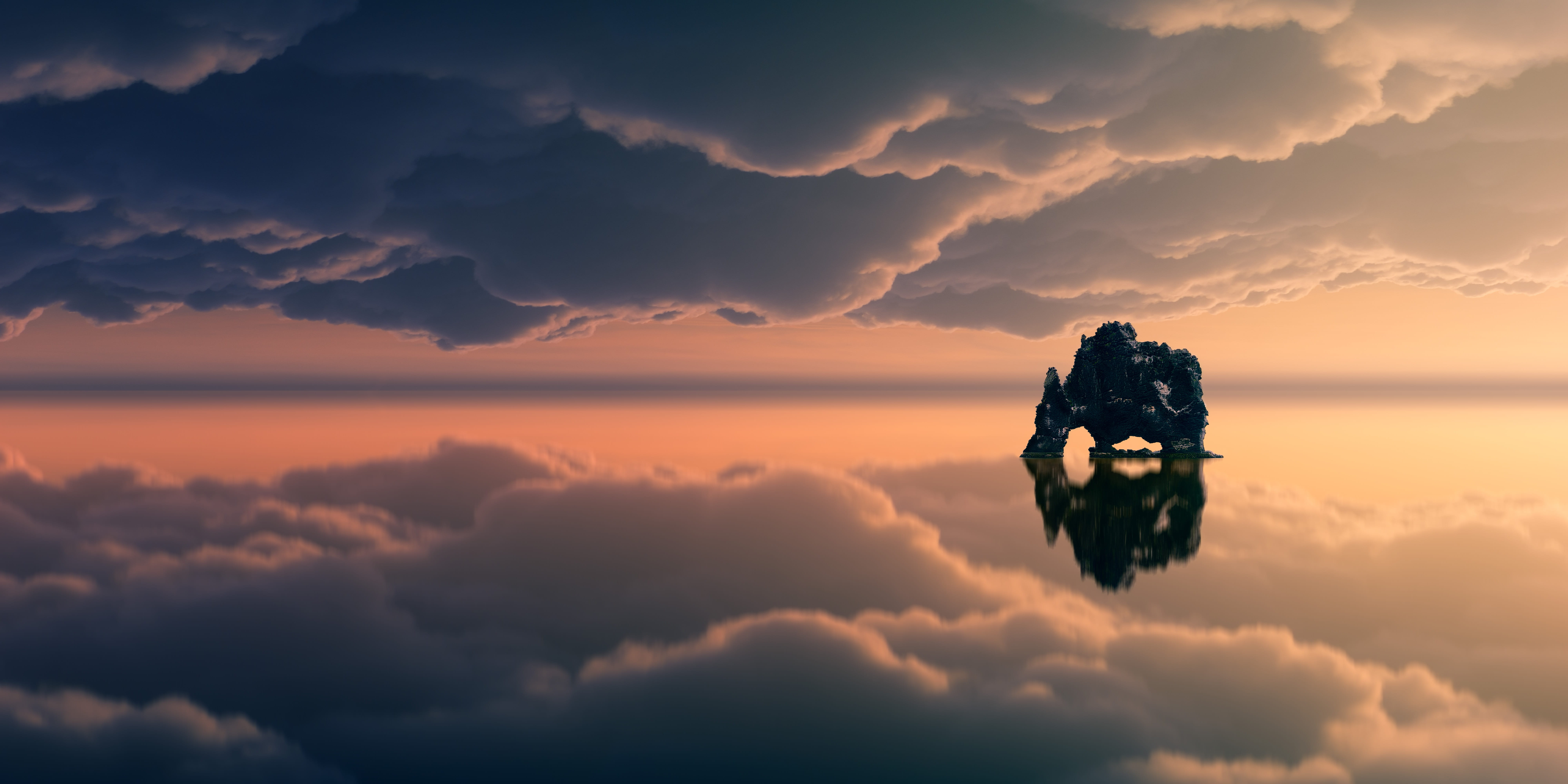
Southwest Bolivia’s Salar de Uyuni is the largest salt flat in the world, and is about as surreal as landscapes come. When dry, the flat is a sheet of blindingly white salt tiles. During the wet season, the shallow lake mirrors the sky, creating a dreamy illusion of infinity.






